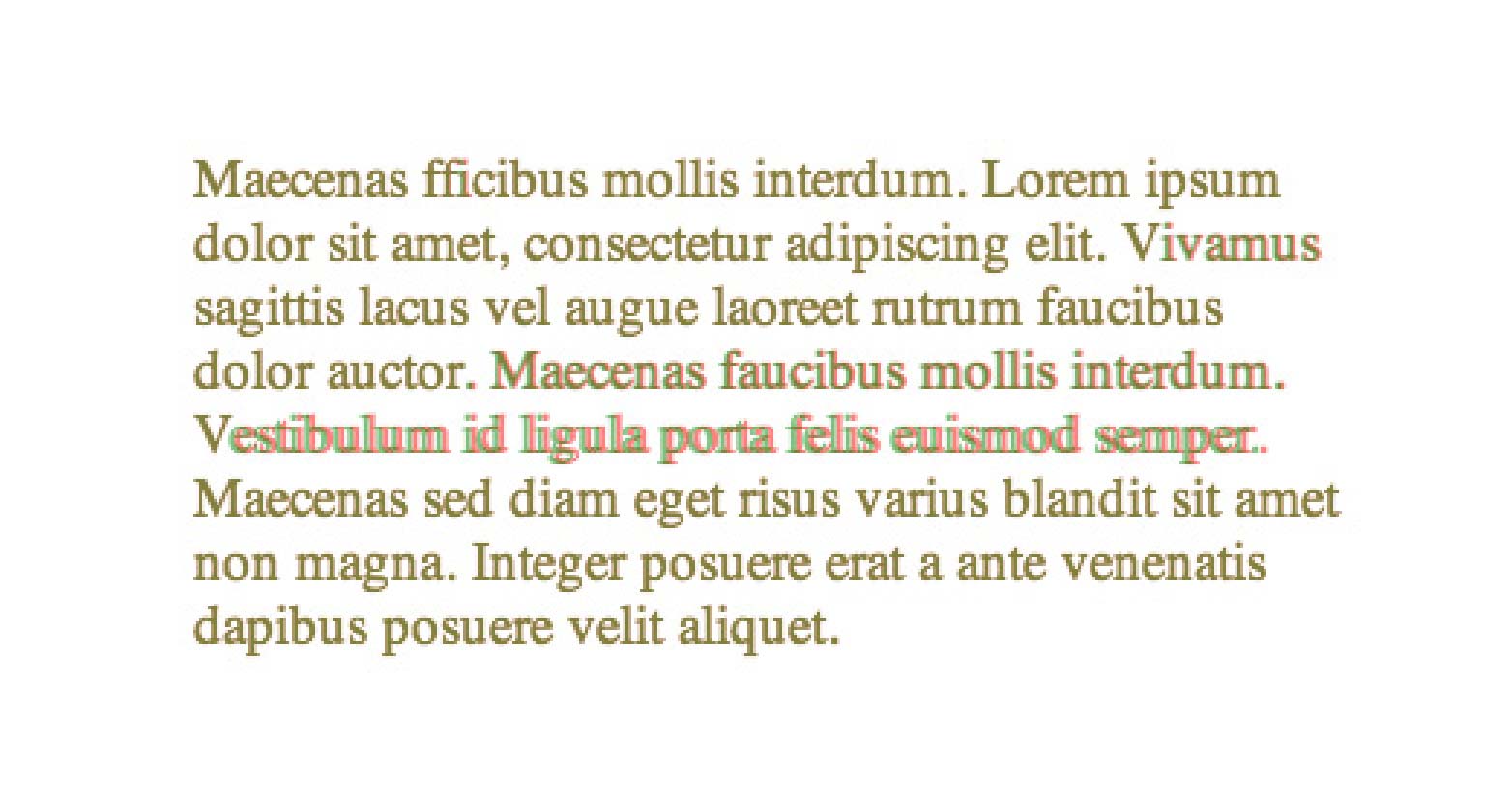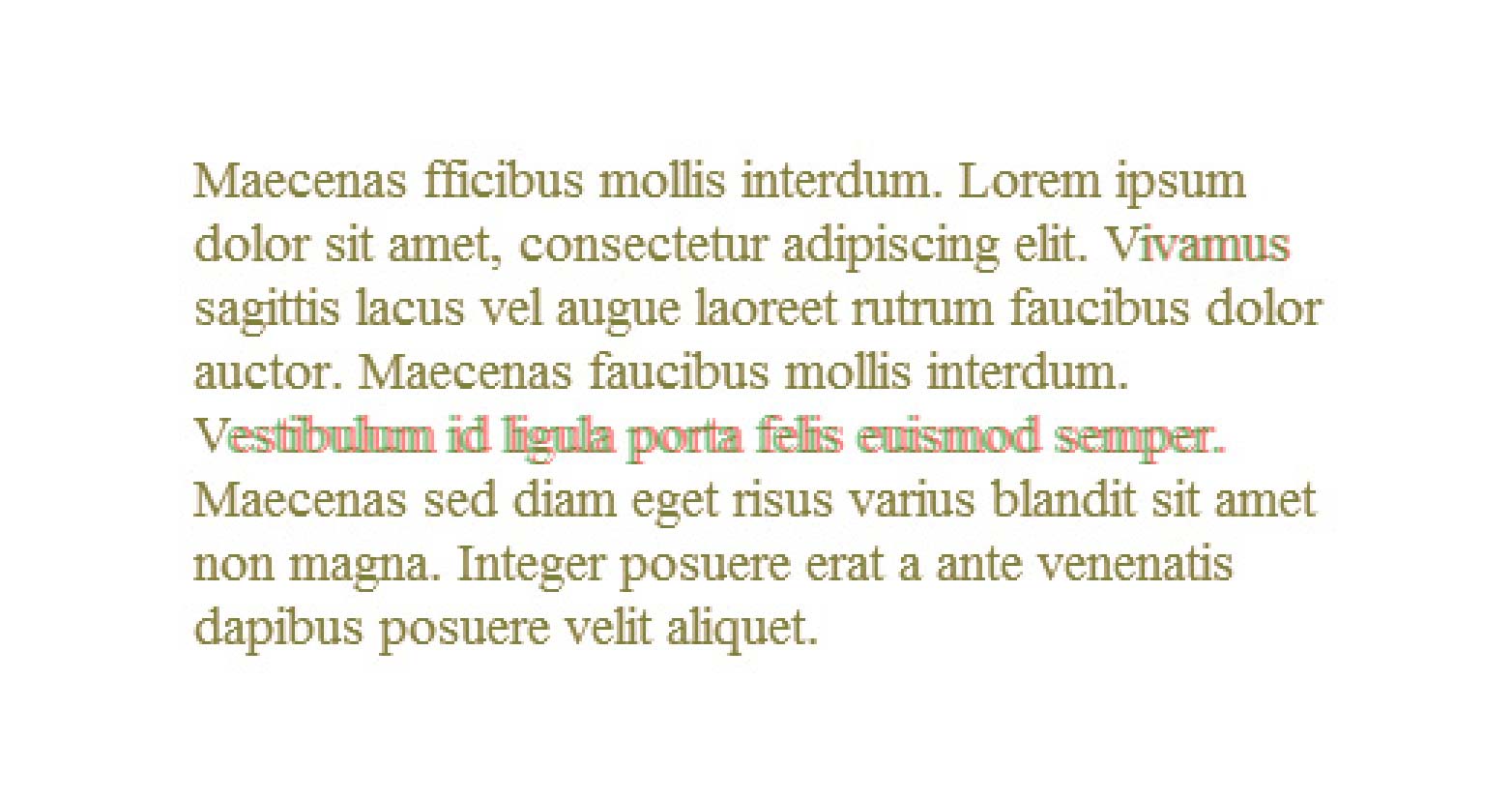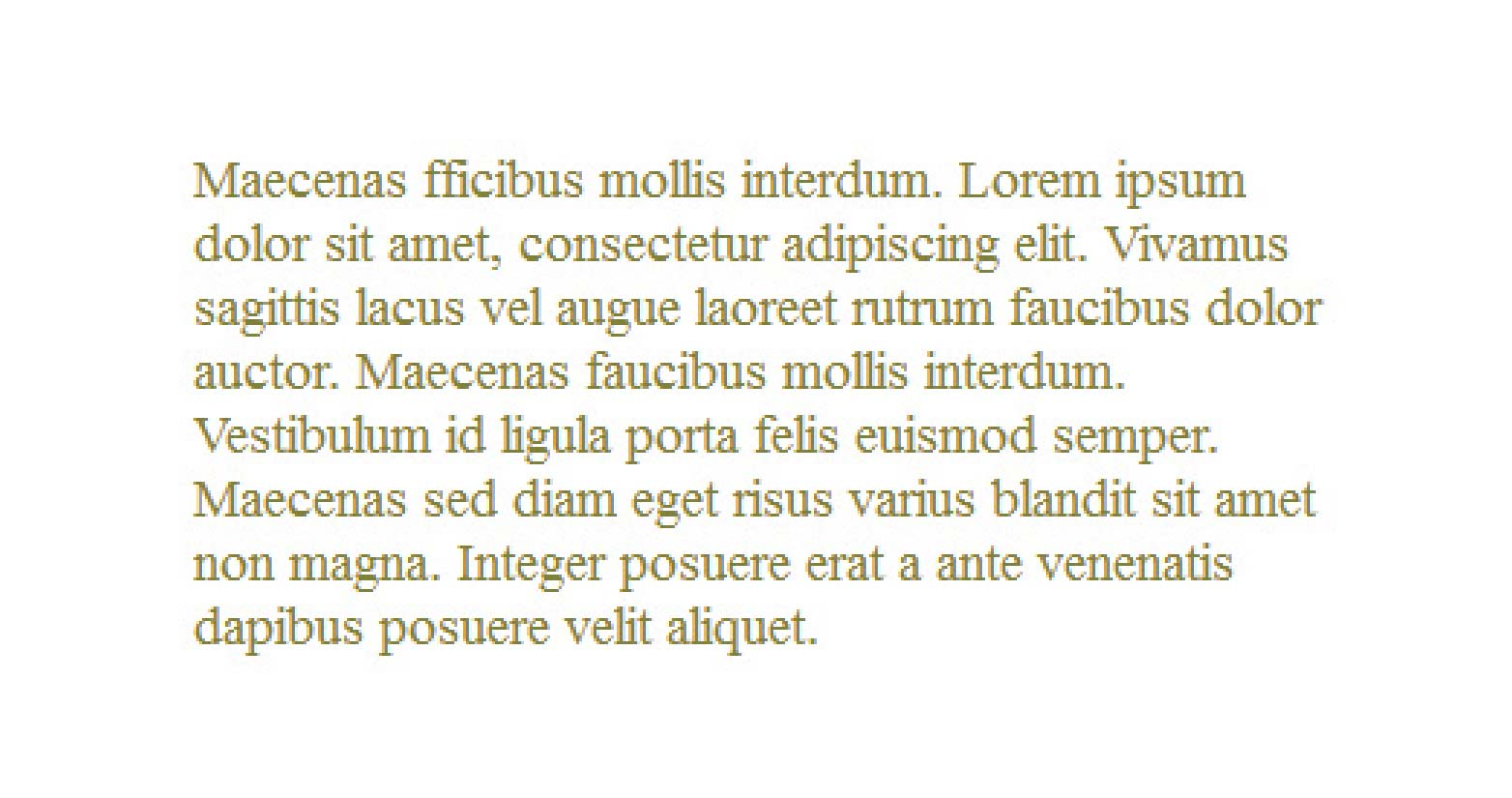
 The most frustrating aspect of web design for designers trained for print, is the persistent lack of typographic control.
Careful typographic choices are the hallmark of quality work and the lack of that quality online never ceases to be jarring for those of us that know what we’re looking for.
Fortunately, the level of control that we have is increasing all the time and support for more advanced typographic rendering is also increasing. Whilst it’s certainly not possible to deliver the kind of treatment that applications like Illustrator deliver — where every letter can be tweaked if required — there are tools available to increase quality. One of the least known is the text-rendering property.
You won’t find the text-rendering property in any CSS specifications because it’s technically not CSS, it’s an SVG property, although it's used just like a CSS property. The most important thing is that with a single line of CSS, we can eliminate a few rivers and other imperfections from our text.
The text-rendering property has four settings:
The most frustrating aspect of web design for designers trained for print, is the persistent lack of typographic control.
Careful typographic choices are the hallmark of quality work and the lack of that quality online never ceases to be jarring for those of us that know what we’re looking for.
Fortunately, the level of control that we have is increasing all the time and support for more advanced typographic rendering is also increasing. Whilst it’s certainly not possible to deliver the kind of treatment that applications like Illustrator deliver — where every letter can be tweaked if required — there are tools available to increase quality. One of the least known is the text-rendering property.
You won’t find the text-rendering property in any CSS specifications because it’s technically not CSS, it’s an SVG property, although it's used just like a CSS property. The most important thing is that with a single line of CSS, we can eliminate a few rivers and other imperfections from our text.
The text-rendering property has four settings:
- auto: allows the browser to choose a setting itself
- optimizeSpeed: focuses on speed
- optimizeLegibility: focuses on advanced rendering
- geometricPrecision: precise rendering
.myClass { text-rendering: optimizeLegibility; }
Here’s a direct comparison of optimizeSpeed and optimizeLegibility, as you can see if you look closely, there are two significant improvements in the more legible version: the ‘ffi’ characters in the first line have been correctly replaced with a ligature, and the kerning has been improved throughout, which is especially notable in the fifth line, where the space between the ‘V’ and the ‘e’ has been corrected.
 The kerning improvements can be seen more easily in these overlays:
The kerning improvements can be seen more easily in these overlays:
 Chrome Mac
Chrome Mac
 Chrome Windows
Chrome Windows
 Firefox Mac
Firefox Mac
 Firefox Windows
Firefox Windows
 Internet Explorer 9 Windows
Internet Explorer 9 Windows
 Safari Mac
Browser support is currently inconsistent, however, the fact that text-rendering fails silently in browsers that don’t support it, means that it’s very usable right now.
Do you use the text-rendering property in your CSS? Would anyone but a typographer even notice the difference? Let us know your thoughts in the comments.
Featured image/thumbnail, fine-tune image via Shutterstock.
Safari Mac
Browser support is currently inconsistent, however, the fact that text-rendering fails silently in browsers that don’t support it, means that it’s very usable right now.
Do you use the text-rendering property in your CSS? Would anyone but a typographer even notice the difference? Let us know your thoughts in the comments.
Featured image/thumbnail, fine-tune image via Shutterstock.
Paddi MacDonnell
Paddi MacDonnell is a designer and entrepreneur from Northern Ireland, follow her on Twitter.
Read Next
3 Essential Design Trends, November 2024
Touchable texture, distinct grids, and two-column designs are some of the most trending website design elements of…
20 Best New Websites, October 2024
Something we’re seeing more and more of is the ‘customizable’ site. Most often, this means a button to swap between…
Exciting New Tools for Designers, October 2024
We’ve got goodies for designers, developers, SEO-ers, content managers, and those of you who wear multiple hats. And,…
15 Best New Fonts, September 2024
Welcome to our roundup of the best new fonts we’ve found on the web in the previous four weeks. In this month’s edition…
By Simon Sterne
3 Essential Design Trends, October 2024
This article is brought to you by Constantino, a renowned company offering premium and affordable website design
You…
A Beginner’s Guide to Using BlueSky for Business Success
In today’s fast-paced digital world, businesses are always on the lookout for new ways to connect with their audience.…
By Louise North
The Importance of Title Tags: Tips and Tricks to Optimize for SEO
When it comes to on-page SEO, there’s one element that plays a pivotal role in both search engine rankings and user…
By Simon Sterne
20 Best New Websites, September 2024
We have a mixed bag for you with both minimalist and maximalist designs, and single pagers alongside much bigger, but…
Exciting New Tools for Designers, September 2024
This time around we are aiming to simplify life, with some light and fast analytics, an all-in-one productivity…
3 Essential Design Trends, September 2024
September's web design trends have a fun, fall feeling ... and we love it. See what's trending in website design this…
Crafting Personalized Experiences with AI
Picture this: You open Netflix, and it’s like the platform just knows what you’re in the mood for. Or maybe you’re…
By Simon Sterne
15 Best New Fonts, August 2024
Welcome to August’s roundup of the best fonts we’ve found over the last few weeks. 2024’s trend for flowing curves and…
By Ben Moss















